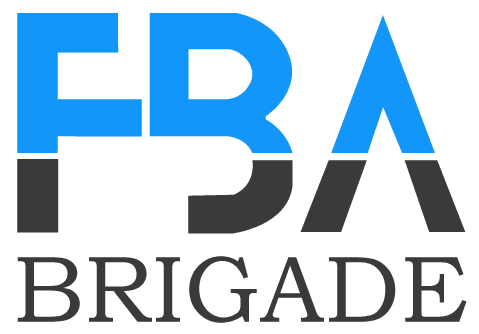As Amazon’s advertising landscape evolves, Pay-Per-Click (PPC) campaigns are becoming increasingly essential, but managing them effectively has become a challenge. Between 2020 and 2024, the average cost per click (CPC) increased from $0.71 to $0.91, placing pressure on sellers to keep their advertising costs low. The rising competition means sellers must adopt smarter strategies to reduce their Advertising Cost of Sales (ACoS) without compromising growth.
What Is ACoS and How It Impacts Your Business?
ACoS measures the efficiency of your PPC campaigns by indicating how much you’re spending on ads to generate each sale.
The formula is simple:
ACoS = (Ad Spend ÷ Sales) x 100
Lowering your ACoS means generating more sales for less ad spend, making it a crucial metric for sellers. However, with increased CPCs on Amazon, balancing ad spending with profitability has become more difficult. A smart Amazon PPC management strategy is the key to optimizing your advertising budget and scaling your business effectively.
Key Factors That Influence ACoS in PPC Campaigns
To manage ACoS efficiently, sellers need to focus on three primary areas:
Average Selling Price (ASP): Products with higher ASP tend to have better ACoS.
Cost Per Click (CPC): Lower CPC improves profitability.
Conversion Rate: The higher the percentage of clicks that convert into sales, the lower the ACoS.
While adjusting your selling price isn’t always feasible, working on CPC and conversion rates offers significant opportunities to optimize your PPC campaigns. Let’s explore advanced strategies that help you manage ACoS effectively.
Implement Dayparting for Smarter Ad Scheduling
Dayparting is a powerful strategy that involves running ads only during high-converting time slots. By analyzing data through Amazon Marketing Stream, you can identify the hours or days when your ads perform best and adjust your campaigns accordingly.
For example, if your ad performance drops during late-night hours, you can reduce bids during these periods to avoid unnecessary expenses. Tools like Sellozo provide automation to implement dayparting rules seamlessly. With this data-driven approach, you allocate your budget to timeframes with the highest potential, maximizing returns from your PPC campaigns.
Use Long-Tail Keywords for Targeted Traffic
Long-tail keywords are highly specific search phrases, usually with three or more words, that attract buyers with clear intent. Though they generate lower search volume, long-tail keywords often have less competition and lower CPC, making them ideal for reducing ACoS in your PPC campaigns.
How to Identify Long-Tail Keywords:
Search Term Reports: Extract keywords with three or more words from your auto-campaign reports.
Amazon Auto-Suggest: Use Amazon’s search bar to find related long-tail keywords.
Keyword Research Tools: Utilize platforms like helium10 keyword tool to discover and track relevant keywords.
Incorporating long-tail keywords not only reduces CPC but also improves your conversion rate, as these keywords are more aligned with buyer intent.
Manage Bids Effectively with Automation
Bid management is critical to optimizing PPC campaigns. Adjusting bids based on performance ensures that you’re not overspending on low-performing keywords or underbidding on high-converting ones.
Best Practices for Bid Management:
Lower Bids: Reduce bids for keywords with high ACoS to minimize ad spend.
Increase Bids: Raise bids for well-performing keywords to boost conversions.
Automation Tools: Use automation tools like Sellozo to set dynamic bid rules for branded, generic, and competitor keywords.
This strategic approach ensures that your PPC campaigns remain efficient and cost-effective, driving higher returns on investment.
Leverage Product Targeting for Better Conversion Rates
Product targeting allows you to display your ads on specific product pages or categories. This strategy helps you reach customers already browsing for products similar to yours, increasing the likelihood of conversions.
When setting up product targeting, focus on less competitive products to avoid inflated CPC. Analyzing competitor listings with tools like SellerApp’s reverse ASIN feature enables you to discover high-converting keywords and product targets, which can give you an edge over competitors.
Optimize Bidding Strategies: Choose ‘Down-Only’ for Control
Amazon offers three bidding strategies: fixed, up-and-down, and down-only. For campaigns struggling with high ACoS, the down-only bidding strategy is often the most effective.
Unlike the up-and-down strategy—where Amazon can increase your bid for prominent ad placements—down-only bidding ensures that your bids are lowered when competition is low. This prevents overspending and helps maintain control over your advertising budget.
Use Negative Keywords to Block Irrelevant Traffic
Adding negative keywords is a critical step in optimizing PPC campaigns. Negative keywords act as filters, preventing your ads from appearing for irrelevant searches that are unlikely to convert.
For example, if you’re advertising premium leather shoes, you might add “cheap” or “synthetic” as negative keywords to avoid attracting the wrong audience. Regularly reviewing search term reports and marking underperforming keywords as negative can improve your ACoS and save ad spend.
Focus on Best-Performing Product Variations
If you sell multiple variations of a product, such as different colors or sizes, focus your PPC campaigns on the top-performing variation. Promoting the best-seller maximizes conversions, as customers are more likely to purchase the most popular option. This strategy also reduces ACoS by concentrating your budget on the variation with the highest return.
Optimize Ad Placements Using Campaign Modifiers
Amazon provides performance data for different ad placements, such as top of search, product pages, and rest of search. Analyzing these metrics allows you to allocate more budget to high-converting placements.
For example, if your ads perform well at the top of search with a lower ACoS, you can increase the placement modifier to prioritize those placements. Conversely, if product page ads have a higher ACoS, lowering bids for that placement will help control costs.
At FBA Brigade, we specialize in guiding sellers through the complexities of Amazon advertising. Contact us today for expert support in optimizing your PPC campaigns and achieving long-term success.
Conclusion:
In today’s competitive marketplace, reducing ACoS is essential for sustaining growth and profitability on Amazon. While managing PPC campaigns can seem overwhelming, implementing the strategies outlined above will make a significant difference over time.
Focus on dayparting, long-tail keywords, smart bid management, and negative keywords to enhance the efficiency of your campaigns. Additionally, leverage product targeting and placement modifiers to further optimize your ad spend.
Remember, lowering ACoS is a continuous process. Regularly monitor your campaigns, analyze performance data, and adjust your strategy based on changing market conditions. With persistence and strategic planning, your PPC campaigns will become more profitable, helping your brand thrive on Amazon.





